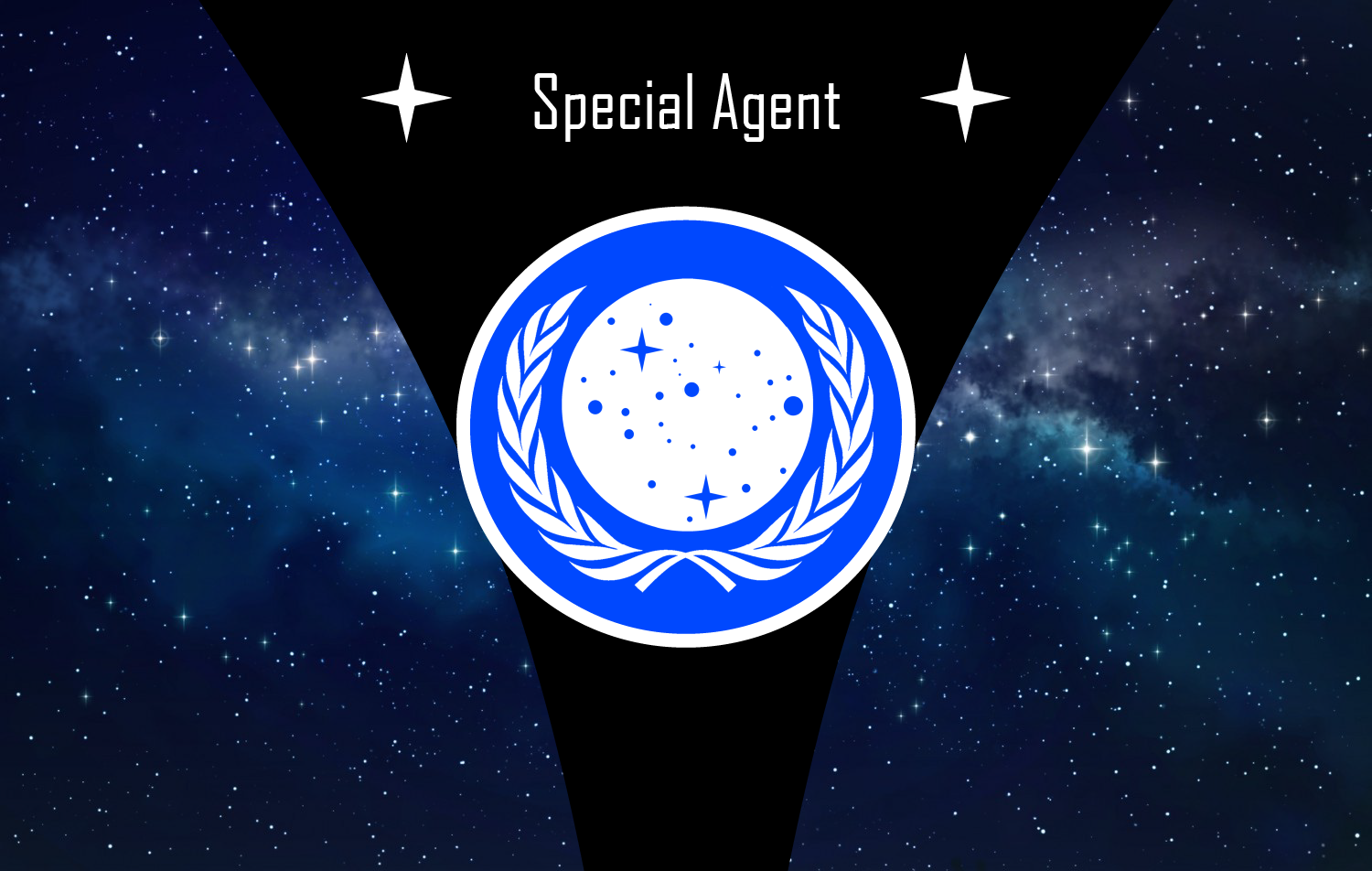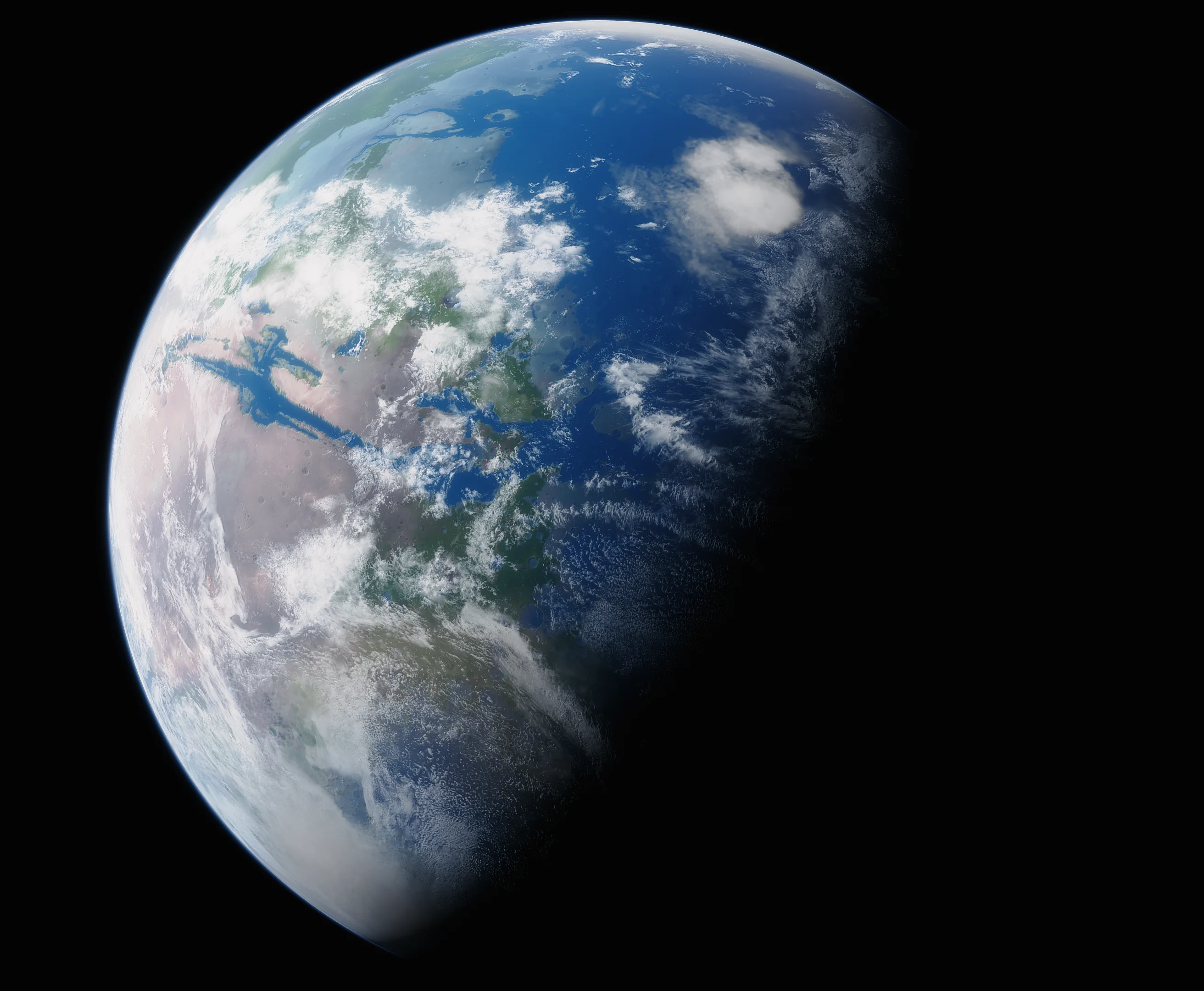Mars
Visited for the first time by humans from 2033 until 2038, the first real colony was established in 2042 with the establishment of an international base by the UN on the site now occupied by the city of Ashera. It quickly became an important economic center during the period of the Solar Confederation with its position which made it a point of passage to Earth. Today, even if Mars has lost its importance of yesteryear, it still retains one since it is the capital of the sector of Terra with the institutions of the latter located in the city of Ashera.
Demographics
Mars has a total population of 2.1 billion which is made up entirely of humans, the largest city on Mars is Ashera, its capital and the city that hosts the largest spaceport which also happens to be the location of the first landing site. The rest of the population is concentrated in many cities of different size all around the planet. Two other major cities particularly stand out for their age, Deman and Yokomi, which are also former landing sites.
Government
The capital of the planetary government of the Mars is located in Ashera, the city contains the planetary court, the offices of the executive and the planetary assembly and all the institutions necessary for the proper functioning of the government. The executive apparatus is made up of the representative of the planet which is called an Intendant and the various departments which deal with the competences which are allotted to the planet.
Defences
Like all republican planets, Mars has an Orbital Defense System (ODS) which is made up of several orbital cannons used to support Navy vessels in the event of an attack. The planet is also defended by the Army and the Air Force whose task is to defend it against any invasion attempt, Marine Force units are also stationed on the planet.
Industry & Trade
Mars is mainly an important scientific and administrative center which has turned to a high-tech industry due to the presence of an important university renowned across the Terra Sector which offers training in the field of science and technology. Ashera also has a district where companies in the research sector are particularly presents.
Infrastructure
Mars has a dense train network which links the different cities of the planet, the spaceports of Asheira, Deiman and Yokomi connect the planet to space. In space, three orbital stations receive vessels which cannot land on the planet due to their too large mass, Port Phobos, Port Deimos and Solar Gate, which take their names from the two natural satellites of Mars as well as an old name given by the pilots at the beginning of the exploration of the solar system.
Architecture
The cities of Mars have several peculiarities because of the planet's past which knew a period when all the cities were underground. This period has left many traces in the current cities of the planet. Even if the a good part are above ground by being under domes to protect them from the atmosphere which is still unbreathable and to offer terrestrial gravity, many of the very first cities on the planet still have underground sections. For the rest, the Martian cities are like all the other republican cities, leaving a large place to the vegetation, dense and having varied architectural styles. Although efforts are often made to keep a reasonable scale, the central districts of republican cities are often made up of very tall buildings with extravagant shapes which can sometimes form several urban floors. However, the peripheral districts are more generally made up of medium-sized buildings and for the parts on the border, we see more low density with only a few floors. The particularity of cities under domes or partially underground, however, means that this characteristic is much less present than on other planets.
Geography
Mars was covered for the most part by desert and caynons which are red in color during most of its existence, giving it the nickname of red planet. With terraforming, however, the planet was covered with a huge ocean circling the planet north. The coasts of this ocean are the most habitable parts of the planet with tropical and temperate climates and are located mainly at the equator as well as a small part to the south around two major lakes which unfortunately freeze during the Martian winter. Farther inland, almost the entire surface consists of cold desert resembling Mars before it was terraformed and icy barren areas near the poles.
Natural Resources
The composition of the rocky mantle of Mars is devoid of mineral resources similar to that on Earth and even if terraforming has allowed certain soils with vegetation, they are too poor for cultivation. At the beginning of its history, Mars was mainly colonized for its position which opened the outer solar system to exploration at a time when the speed of ships was insufficient to make the journey in one go.
Founding Date
2042
Alternative Name(s)
Sol IV
Type
National Territory
Population
2.1 Billion
Inhabitant Demonym
Martian
Location under
Owning Organization




Comments